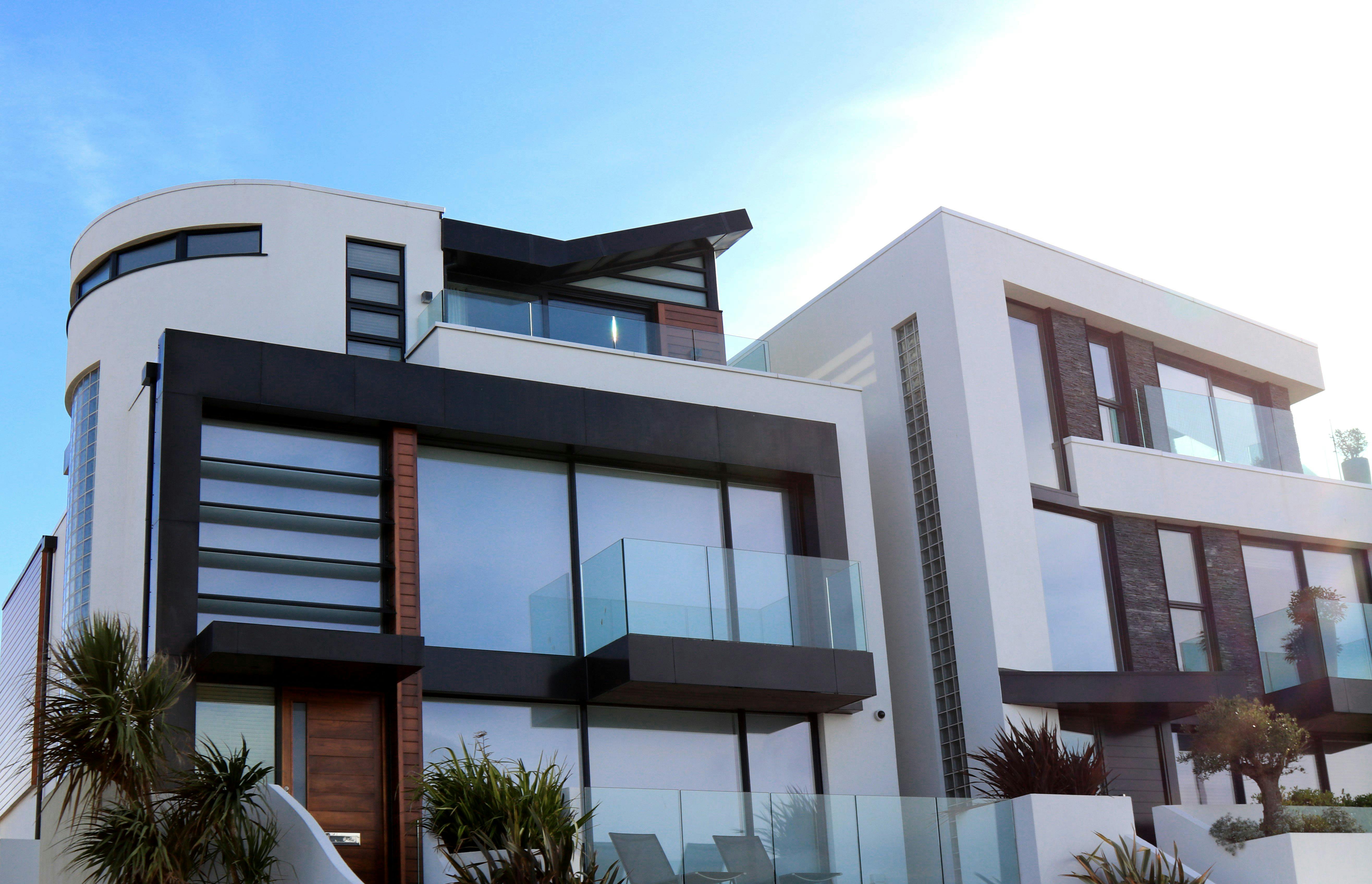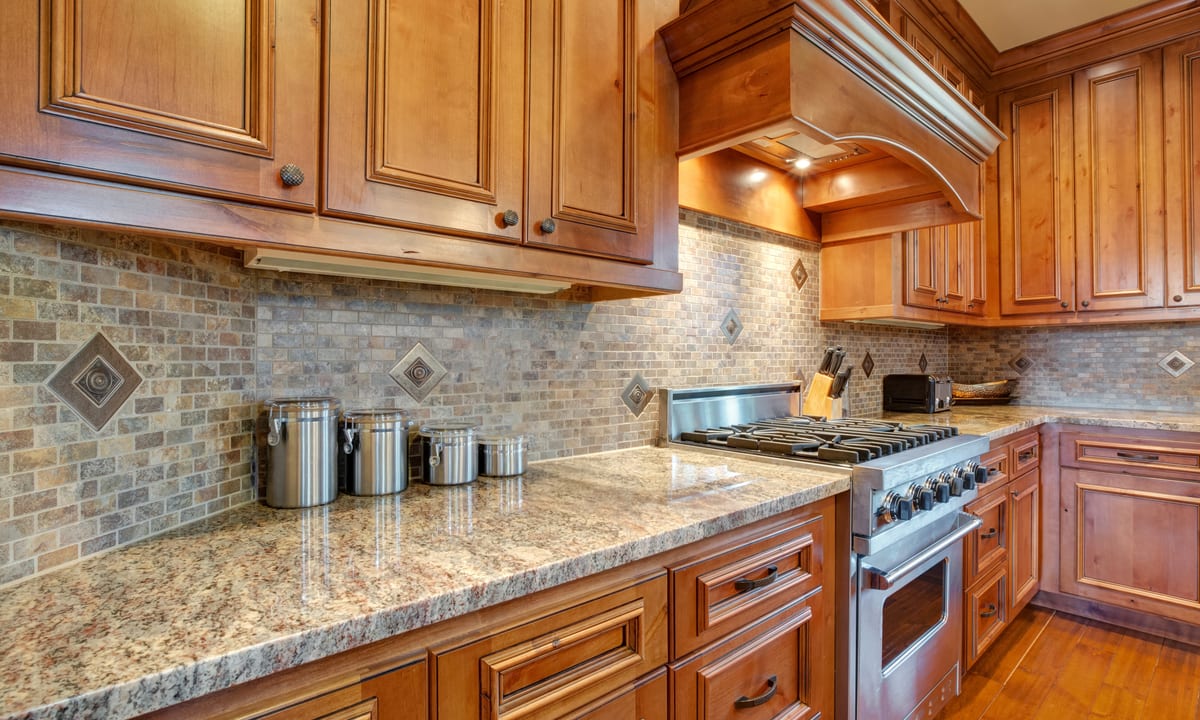Luxury Micro-Apartments: The Next Big Thing in Urban Real Estate
In the heart of bustling metropolises, a new trend is reshaping the luxury real estate market: micro-apartments. These compact living spaces, typically under 400 square feet, are redefining opulence in urban settings. With soaring property prices and a growing desire for prime locations, high-end micro-apartments are becoming the go-to solution for affluent city dwellers seeking both luxury and efficiency. This innovative housing concept is not just a fad; it's a paradigm shift in how we perceive urban living and luxury real estate.

Initially, micro-apartments were seen as a solution for young professionals and students. However, as urban land became increasingly scarce and valuable, developers began to see the potential in creating high-end, compact living spaces. This shift marked the birth of luxury micro-apartments, combining the efficiency of small-scale living with the amenities and finishes of high-end real estate.
Defining Luxury in Minimal Space
What sets luxury micro-apartments apart from their standard counterparts is the attention to detail and quality of finishes. These spaces are masterfully designed to maximize every square inch without compromising on elegance. High-end materials like marble countertops, hardwood floors, and custom cabinetry are standard features. Smart home technology is often integrated, allowing residents to control lighting, temperature, and security with a touch of a button.
The luxury extends beyond the apartment itself. Many of these developments offer extensive communal amenities that compensate for the limited private space. Rooftop gardens, state-of-the-art fitness centers, concierge services, and even private cinemas are common offerings. These shared spaces not only provide additional value but also foster a sense of community among residents.
The Financial Perspective
From an investment standpoint, luxury micro-apartments present an intriguing opportunity. In prime urban locations, these properties often command higher per-square-foot prices than standard apartments. For investors, this means the potential for higher returns on investment, especially in markets with strong rental demand.
The target market for these properties is diverse. Young, high-earning professionals appreciate the combination of luxury and convenience. Empty nesters looking to downsize without sacrificing quality of life find these apartments appealing. Additionally, wealthy individuals seeking pied-à-terres in city centers are drawn to the low-maintenance aspect of micro-living.
Challenges and Considerations
While the luxury micro-apartment trend is gaining traction, it’s not without challenges. Zoning laws in many cities are still catching up to this new concept, sometimes making development difficult. There’s also the question of long-term livability – while these spaces are well-designed, the impact of long-term living in such compact environments is still being studied.
For potential buyers and investors, it’s crucial to consider the resale value. The niche nature of these properties means that the market might be more limited compared to traditional luxury apartments. However, in cities where space is at a premium, the demand for well-designed, centrally located micro-apartments is likely to remain strong.
The Future of Urban Luxury Living
As cities continue to grow and evolve, luxury micro-apartments are poised to play a significant role in shaping urban living. This trend reflects a broader shift in how we perceive luxury – moving away from sheer size to focus on quality, location, and efficiency.
Developers are increasingly experimenting with innovative designs to make these small spaces feel larger and more luxurious. Movable walls, multi-functional furniture, and cleverly concealed storage are becoming more sophisticated, blurring the lines between compact and spacious living.
The sustainability aspect of micro-living also aligns with growing environmental consciousness among luxury consumers. Smaller spaces inherently have a lower carbon footprint, and many luxury micro-apartment developments incorporate eco-friendly features, appealing to environmentally conscious high-end buyers.
Impact on Urban Planning and Development
The rise of luxury micro-apartments is influencing urban planning and development strategies. City planners are reassessing zoning laws to accommodate these innovative housing solutions while ensuring they meet safety and livability standards. This trend is encouraging a more efficient use of urban space, potentially leading to more diverse and dynamic city centers.
For real estate developers, luxury micro-apartments represent an opportunity to maximize returns on high-value land. By creating multiple high-end units in the space traditionally occupied by a single luxury apartment, developers can tap into a broader market while maintaining premium pricing.
Conclusion
Luxury micro-apartments represent a fascinating convergence of necessity, innovation, and changing perceptions of luxury. As urban populations grow and city centers become increasingly desirable, these compact yet opulent living spaces offer a solution that balances the desire for prime locations with the realities of limited space.
For investors, developers, and urban planners, luxury micro-apartments present both challenges and opportunities. They require a rethinking of traditional real estate models and a keen understanding of evolving consumer preferences. As this trend continues to develop, it will be interesting to see how it shapes the future of urban living and luxury real estate markets worldwide.
In the end, luxury micro-apartments are more than just a housing trend – they’re a reflection of broader shifts in urban lifestyles, sustainability concerns, and the evolving definition of luxury itself. As cities continue to grow and change, these innovative living spaces are likely to play an increasingly important role in shaping the urban landscapes of the future.




